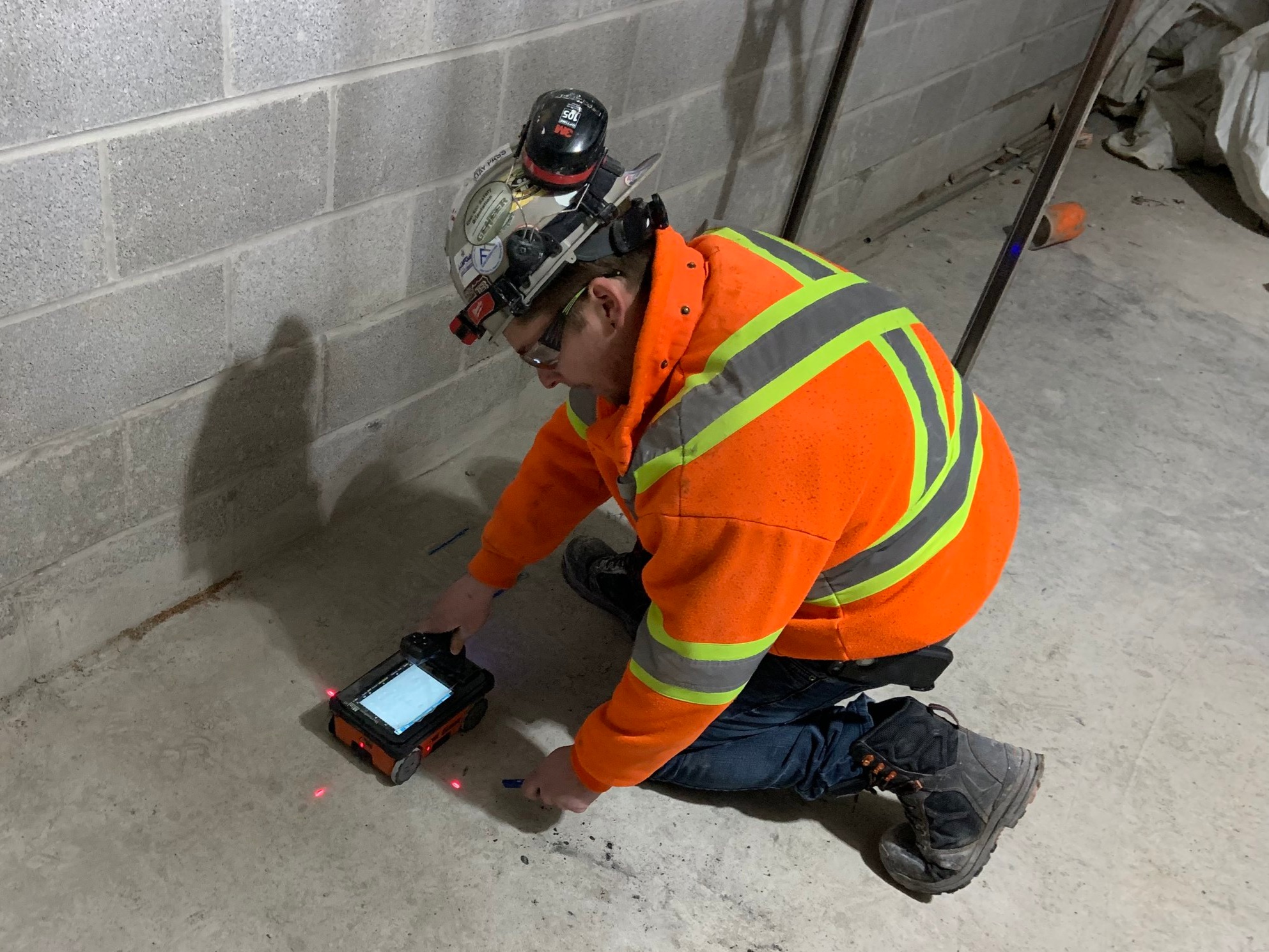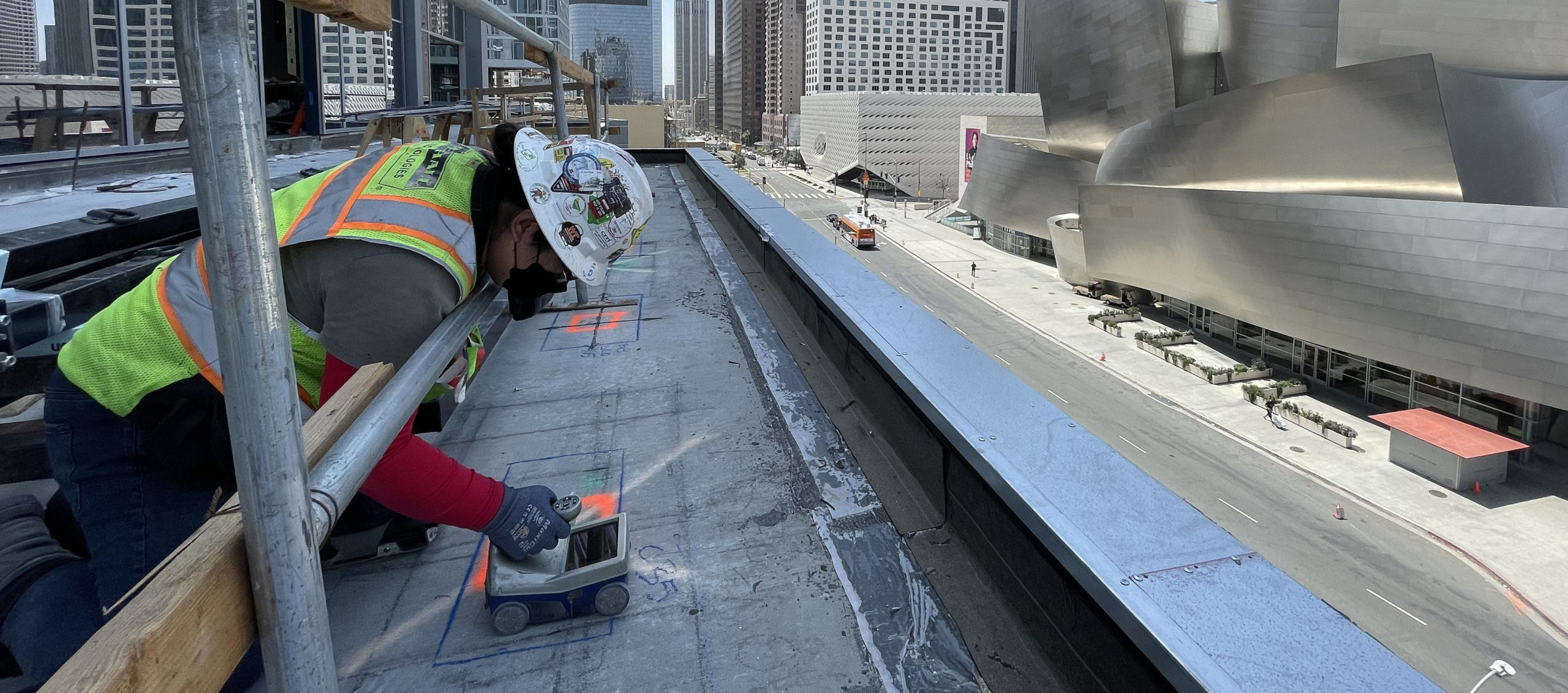Enhanced RainierGPR Concrete Scanning Providers Introduced
Enhanced RainierGPR Concrete Scanning Providers Introduced
Blog Article
Checking Out the Depths: A Comprehensive Guide to Concrete Scanning and Its Diverse Applications
In the world of building and facilities development, the careful procedure of concrete scanning holds a critical function in guaranteeing the architectural honesty and safety and security of projects. As modern technology proceeds to develop, the applications of concrete scanning have actually expanded much beyond simple surface-level assessments. From discovering rebar and post-tension cables to drawing up voids and avenues hidden within concrete structures, the abilities of contemporary scanning methods are both necessary and outstanding. However, truth deepness of concrete scanning's potential reaches also better, branching into unanticipated fields and triggering innovative remedies. The interconnected web of possibilities that concrete scanning presents is not just interesting however additionally vital for the advancement of different industries.
Importance of Concrete Scanning
Recognizing the significance of concrete scanning is critical in guaranteeing the safety and honesty of structures throughout building and renovation jobs. Concrete scanning utilizes sophisticated technologies such as ground-penetrating radar (GPR) and electro-magnetic induction to discover embedded items, voids, or various other abnormalities within concrete structures.
In addition, concrete scanning plays a crucial role in ensuring compliance with building regulations and laws that mandate the security of existing architectural parts throughout construction tasks. By properly drawing up the interior make-up of concrete, scanning innovations enable building and construction experts to make informed choices that support the structural stability and sturdiness of buildings and framework jobs. In essence, the value of concrete scanning depends on its ability to protect both the structural integrity and the personnel included in building endeavors.
Technologies Used in Concrete Scanning
Concrete scanning depends on sophisticated modern technologies such as ground-penetrating radar (GPR) and electro-magnetic induction to precisely detect embedded objects and abnormalities within concrete frameworks. Ground-penetrating radar operates by discharging high-frequency electro-magnetic waves into the concrete.
Electromagnetic induction, on the other hand, functions by producing magnetic fields around a concrete structure with a transmitter coil. When metal things are present within the concrete, they disrupt these magnetic fields, triggering eddy currents to flow with the steel. By measuring the adjustments in the magnetic fields with a receiver coil, the system can pinpoint the area of metallic items in the concrete.
These cutting-edge modern technologies play a critical function in non-destructive testing, guaranteeing the safety and integrity of concrete frameworks in various industries.
Applications in Construction Sector
Within the construction sector, concrete scanning innovation finds varied applications that improve task effectiveness and security. Furthermore, concrete scanning is used for finding spaces, such as air pockets or areas of wear and tear within concrete, which can jeopardize the general strength of a structure. Concrete scanning plays an important function in high quality control by verifying the thickness of concrete covers over support, ensuring conformity with layout requirements and standards.

Safety And Security Advantages of Concrete Scanning
In the world of building safety, the implementation of concrete scanning technology provides a vital advantage in preemptively determining prospective hazards and fortifying structural stability. By using sophisticated scanning approaches such as ground-penetrating radar (GPR) and electromagnetic induction, construction groups can precisely locate rebar, post-tension wires, avenues, and various other concealed things within concrete frameworks. This positive approach dramatically decreases the danger of unintentional strikes throughout drilling, reducing, or coring activities, therefore avoiding pricey problems, injuries, and project delays.
In addition, concrete scanning boosts worker safety by offering real-time info concerning the structural problem of concrete see here now elements. This data allows building and construction professionals to assess the integrity of existing frameworks, determine deterioration or flaws, and make notified decisions concerning repair service and maintenance procedures. By addressing possible safety and security issues without delay, concrete scanning adds to creating a secure workplace and mitigating the likelihood of structural failings or accidents on building websites. Inevitably, the safety and security advantages of concrete scanning not just secure properties and lives yet additionally promote market requirements for top quality and reliability.
Future Patterns in Concrete Scanning
Emerging advancements in scanning technology are positioned to change the field of concrete inspection and evaluation. By taking advantage of the power of AI, these systems can assess vast amounts of data gathered throughout scanning procedures to provide even more detailed and exact insights into the condition of concrete frameworks.
An additional significant pattern is the growth of more user-friendly and portable scanning devices. Miniaturization of scanning devices permits much easier accessibility to restricted areas and remote locations, making inspections much more thorough and effective. Furthermore, advancements in wireless communication technologies make it possible for real-time data transfer and analysis, promoting quicker decision-making processes.
Moreover, there is a growing concentrate on sustainability in concrete scanning technologies - RainierGPR Concrete Scanning. Manufacturers are increasingly including environment-friendly materials and energy-efficient functions right into their tools to decrease ecological influence. These future fads are readied to improve the efficiency, accuracy, and sustainability of concrete scanning practices, shaping the sector's future landscape
Verdict
In verdict, concrete scanning plays a crucial function in the building sector by making certain the safety and efficiency of different jobs. As innovation advancements, the future of concrete scanning holds appealing advancements for boosting building processes.

Report this page